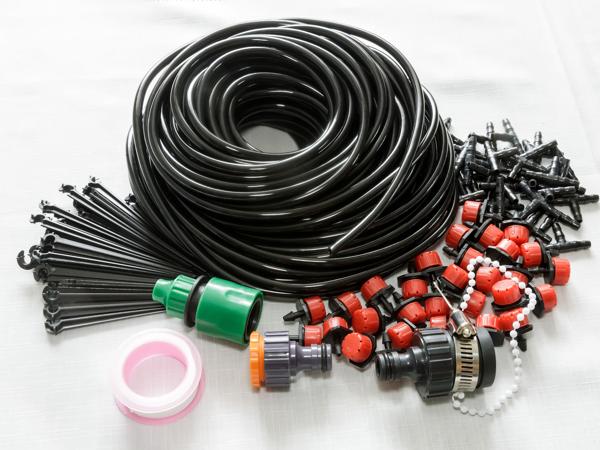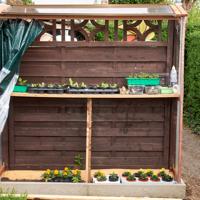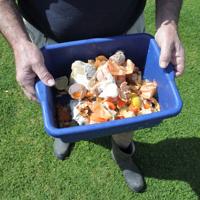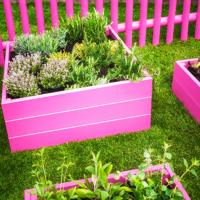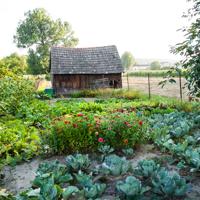In the realm of sustainable gardening, water conservation holds an important place. One of the practical ways to conserve water in gardening is through the installation of drip irrigation systems. These systems offer a thoughtful approach to delivering water directly to the plant roots, reducing evaporation and runoff. Although they might not be the perfect fit for every situation, many gardeners find them quite effective for certain types of gardens and plants.
What is Drip Irrigation?
Drip irrigation, also known as trickle irrigation, is a system that delivers water directly to the soil surface near the plant’s root zone in a controlled manner. This method minimizes water loss, promotes plant health, and can optimize plant growth with more efficient water use.
Unlike traditional overhead sprinklers, drip systems are often considered to use water more effectively, given that they focus on delivering water right where it’s needed. This aspect makes them advantageous for those practicing sustainable gardening.
Why Consider Drip Irrigation?
-
Water Efficiency: By directly watering the root zone, drip systems can potentially decrease water waste compared to surface irrigation methods.
-
Plant Health: Minimizing water contact with foliage may help reduce fungal diseases and evaporation.
-
Flexibility: Drip systems can be adjusted with emitters and hoses to cater to different plant types and garden layouts.
-
Labor and Time Savings: After setup, these systems require less manual effort to keep plants watered.
It’s key to note, however, that while drip systems are efficient, they are not universally suitable and should be tailored to your specific gardening needs.
How to Install a Drip Irrigation System
Materials Needed
- Main line tubing: This typically comes in 1/2 inch or 5/8 inch, acting as the backbone of the system.
- Emitters: These control the amount of water that drips onto the ground.
- Microtubing: To connect emitters to the main line, usually 1/4 inch diameter.
- Connectors, stakes, and in-line filters: To secure the setup and ensure clean water flow.
- Pressure regulator: Necessary to manage water pressure and protect the system.
Steps to Install
-
Design the Layout: Sketch your garden plot and plan where you need the main line and emitters.
-
Install Main Line Tubing: Lay it out in the garden, securing with stakes, ensuring it’s placed where it can reach all areas needing irrigation.
-
Insert Emitters: Punch holes in the main line to insert emitters near each plant or at designated drip zones.
-
Connect Microtubing: Use connectors to link microtubes from the main line to the emitters, reaching individual plants.
-
Attach a Pressure Regulator and Filter: At the water source, install these components to manage pressure and filter debris.
-
Test the System: Turn on the water and observe the system for leaks or clogs, adjusting as necessary.
-
Monitor and Adjust: Frequent checks are useful to ensure the system remains efficient and effective during the growing season.
Example Application
For instance, a home gardener growing vegetables like tomatoes and peppers might install a drip system with timers to ensure consistent water supply without water wastage. By spacing emitters appropriately along rows, they can cater to each plant’s needs without oversaturating the soil.
Potential Challenges
Drip irrigation systems are not without their challenges. Tubing can sometimes clog from sediment in the water, equipment can degrade over time, or animals can damage lines. Regular maintenance and checks can mitigate many of these issues.
Conclusion
Ultimately, installing a drip irrigation system can be a notable step toward sustainable gardening practices focused on water conservation. Whether for a small backyard plot or a larger growing operation, it can help both save water and support healthy plant growth.
Research and practice indicate that, despite some initial setup and learning, many gardeners find these systems beneficial. However, it’s useful to look into whether a drip irrigation system aligns with your gardening goals and climate conditions.
Let this be a humble step in your sustainable gardening journey—a thoughtful choice to provide for your plants while conserving one of our most precious resources: water.
